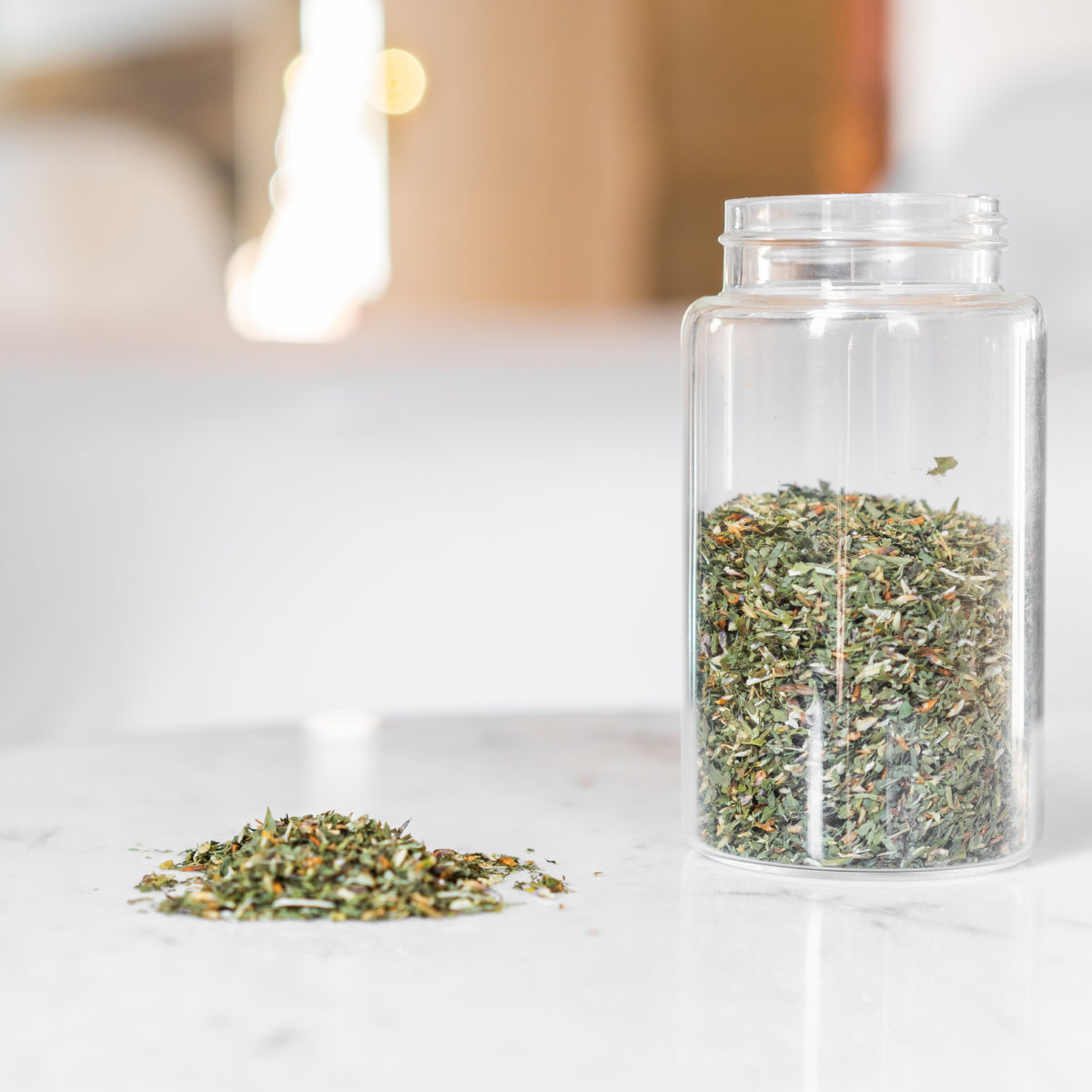
COMMON NAME (Chinese Name)
Red Clover (Hsun Tsa)
BOTANICAL NAME
Trifolium pratense
USES
Red clover flower extracts and teas have a long history of use as an alternative therapy for managing the symptoms of menopause and increasing postmenopausal quality of life. This is because these derivatives contain a large concentration of phytoestrogenic (plant estrogen) compounds — that is, compounds that have estrogen-like effects on body systems.
The effects of this herb on menopausal women may include decreasing the frequency and severity of night sweats and hot flashes. However, there is very limited research to back up anecdotal reports of this. That said, it is empirically proven that taking red clover extract by mouth or drinking red clover tea can have significant outcomes for bone health among post-menopausal women and ovariectomized women — even more than many other herbal anti-osteoporosis therapies. That said, this benefit is inconsistent among different preparations. The notable exception to these discussions of menopausal and postmenopausal quality of life improvements is that even long-term red clover supplementation likely won’t improve the sexual symptoms of menopause.
Outside of these potential uses for menopausal and post-menopausal women, red clover extracts and teas can have expectorant, anti-inflammatory, and antispasmodic effects. Though it does not act as a cough suppressant (and actually can increase coughing), these activities do make it a potential useful supportive therapy in addition to pharmaceutical intervention for people suffering from illnesses causing a wet cough.
Additionally, more concentrated extracts drawn from red clover flowers can have antimicrobial, sedative, and pain-numbing effects both when ingested and used topically. This supports the use of red clover teas and tinctures to help increase comfort and speed recovery from respiratory issues like asthma, bronchitis, and whooping cough. It may also have some effectiveness fighting standard digestive infections like E. Coli, though this activity may be limited and has only been illustrated by test-tube studies.
PREPARATION & ADMINISTRATION
Only the flowers are used in medicinal applications of red clover, though the leaves are edible and can be used to make non-medicinal tea. The flowers are frequently dried after harvest, then dried and used to make an extract or more diluted drinkable tea via hot water decoction. Hotter average temperatures during the growing season may diminish the estrogenic properties of red clover teas, so people looking to use this plant for estrogenic purposes may want to consider sourcing plant materials from colder climates.
PRECAUTIONS
Anyone interested in adding red clover to their diet should consult with a physician, certified herbalist, or qualified healthcare professional first. Red clover supplements, teas, and extracts are not safe for use by women who are pregnant or breastfeeding. Similarly, people with hormone-sensitive conditions like breast cancer, uterine or ovarian cancer, endometriosis, or uterine fibroids may find that taking red clover supplements may affect symptoms of these conditions.
Because it has estrogen-like effects, long-term use may slightly increase the risk of developing breast and/or endometrial cancer in women with low hormone levels (as has been noted with the use of most natural hormone replacements). That said, at least one megastudy finds that red clover differs from other estrogenic herbs in that it does not increase the risk of developing these cancers. In fact Park Davis marketed its Trifolium (red clover) compound to fight breast cancers. But not all breast cancers are the same and they may respond differently to herbs. It is important that women using red clover recognize that just because something may be a “natural” alternative to pharmaceutical therapy, it is not necessarily safer for their specific condition.
REFERENCES
Ausubel, Kenny. “Tempest in a Tonic Bottle: A Bunch of Weeds?” HerbalGram, American Botanical Council, 2000, cms.herbalgram.org/herbalgram/issue49/article2270.html?ts=1587757844&signature=5c7c78a99e3f9b3a6129116812784aab.
Booth, Nancy L., et al. “Seasonal Variation of Red Clover (Trifolium PratenseL., Fabaceae) Isoflavones and Estrogenic Activity.” Journal of Agricultural and Food Chemistry, vol. 54, no. 4, 2006, pp. 1277–1282., doi:10.1021/jf052927u.
Cegieła, Urszula, et al. “Effects of Extracts from Trifolium Medium L. and Trifolium Pratense L. on Development of Estrogen Deficiency-Induced Osteoporosis in Rats.” Evidence-Based Complementary and Alternative Medicine : ECAM, Hindawi Publishing Corporation, 2012, www.ncbi.nlm.nih.gov/pmc/articles/PMC3524757/.
Dobrucka, Renata, and Jolanta Długaszewska. “Biosynthesis and Antibacterial Activity of ZnO Nanoparticles Using Trifolium Pratense Flower Extract.” Saudi Journal of Biological Sciences, vol. 23, no. 4, 2016, pp. 517–523., doi:10.1016/j.sjbs.2015.05.016.
Giorno, Cecilia Del. “Efeitos Do Trifolium Pratense Nos Sintomas Da Menopausa e Na Satisfação Sexual Em Mulheres Climatéricas.” doi:10.11606/d.5.2009.tde-22022010-170555.
Lethaby, Anne, et al. “Phytoestrogens for Menopausal Vasomotor Symptoms.” Cochrane Database of Systematic Reviews, 2013, doi:10.1002/14651858.cd001395.pub4.
“’Natural’ Hormone Replacement and Breast Cancer Risk: Evidence for Safety and Efficacy.” Cancer Network, 6 June 2009, www.cancernetwork.com/breast-cancer/natural-hormone-replacement-and-breast-cancer-risk-evidence-safety-and-efficacy.
Powles, T. J, et al. “Red Clover Isoflavones Are Safe and Well Tolerated in Women with a Family History of Breast Cancer.” Menopause International, vol. 14, no. 1, 2008, pp. 6–12., doi:10.1258/mi.2007.007033.
Vlaisavljevic, Sanja, et al. “Trifolium Pratense L. as a Potential Natural Antioxidant.” Molecules, vol. 19, no. 1, 2014, pp. 713–725., doi:10.3390/molecules19010713.

Comments (0)